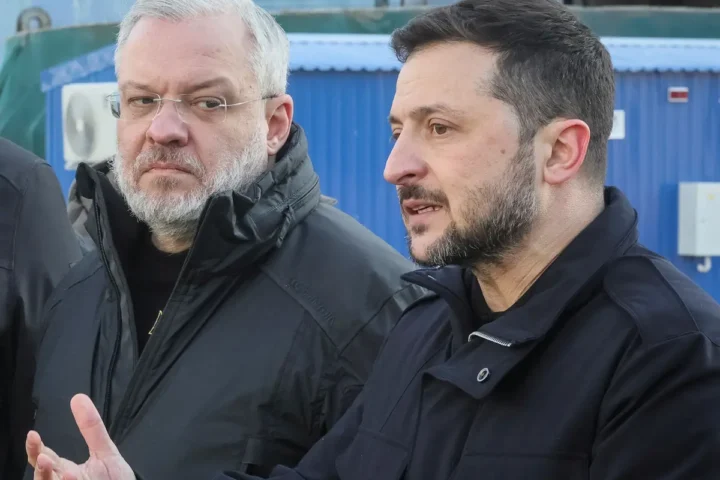Ukraine has officially declared default on a portion of its sovereign debt, refusing to pay investors holding so-called GDP warrants worth $2.6 billion. This move is part of a broader strategy by Kyiv aimed at restructuring its debt obligations amid the ongoing war with Russia.
According to Ukraine’s Ministry of Finance, the nonpayment, which took effect on May 27, was not spontaneous. It was a planned decision aligned with the country’s broader course towards “long-term debt sustainability that does not threaten Ukraine’s recovery and reconstruction.” As a result, Ukraine effectively suspended payments on instruments linked to GDP growth while negotiations on a larger restructuring continue.
What Are GDP Warrants and Why Is Ukraine Refusing to Pay?
GDP warrants are a special type of debt instrument issued in 2015 during a previous restructuring of Ukraine’s obligations. They entitle holders to payments if the country’s economic growth exceeds 3% annually. In 2023, Ukraine officially reported GDP growth of 5.3%, driven by increased domestic defense production and massive foreign aid. However, despite this nominal success, Kyiv chose not to honor the warrant payments.
Ukraine’s Minister of Finance, Sergii Marchenko, previously emphasized that the warrants are “an outdated instrument,” created “for a world that no longer exists.” He stressed that the 2023 GDP growth should not be seen as a sign of real economic prosperity, but rather as a “fragile rebound from a nearly 30% decline caused by Russia’s full-scale invasion.”
According to The Wall Street Journal, Ukraine has been negotiating for several months with a group of institutional investors holding these warrants. However, no agreement has been reached. In an official statement, the investors expressed disappointment over Kyiv’s decision to default, but noted that they “remain open to engagement and ready to work on a mutually acceptable solution.”
International Risks and IMF Support
Meanwhile, the situation is raising concerns not only among private investors but also within major international financial institutions. The International Monetary Fund (IMF) had previously warned that failure to restructure the GDP warrants poses a “significant risk” to the broader financial framework supporting Ukraine. This includes, in particular, the $15.5 billion IMF lending program and the $20 billion restructuring deal with other sovereign bondholders.
Despite tensions with investors, cooperation with the IMF continues. Last week, Ukraine and the IMF reached a staff-level agreement to provide an additional $500 million in funding. However, the IMF stressed that restoring the country’s debt sustainability depends on “a revenue-based fiscal adjustment” and continued implementation of its debt restructuring strategy.
Against this backdrop, Ukraine’s armed forces demonstrated a notable success on the battlefield. On Sunday, Kyiv launched a carefully planned drone strike that destroyed more than 40 Russian military aircraft. This episode shows that Ukraine continues its active defense efforts despite mounting financial and economic challenges.
In the end, the refusal to pay on GDP warrants can be seen as a pragmatic policy move by Kyiv amid scarce resources and intense external and internal pressures. Nevertheless, the decision carries both strategic advantages and considerable risks — for Ukraine’s relationships with international creditors and for future efforts to finance the country’s recovery.
According to The Wall Street Journal, the fate of these GDP warrants will serve as a key indicator of Ukraine’s ability to balance the demands of wartime survival with its obligations to global capital markets.
This article was prepared based on materials published by The Wall Street Journal. The author does not claim authorship of the original text but presents their interpretation of the content for informational purposes.
The original article can be found at the following link: The Wall Street Journal.
All rights to the original text belong to The Wall Street Journal.


















